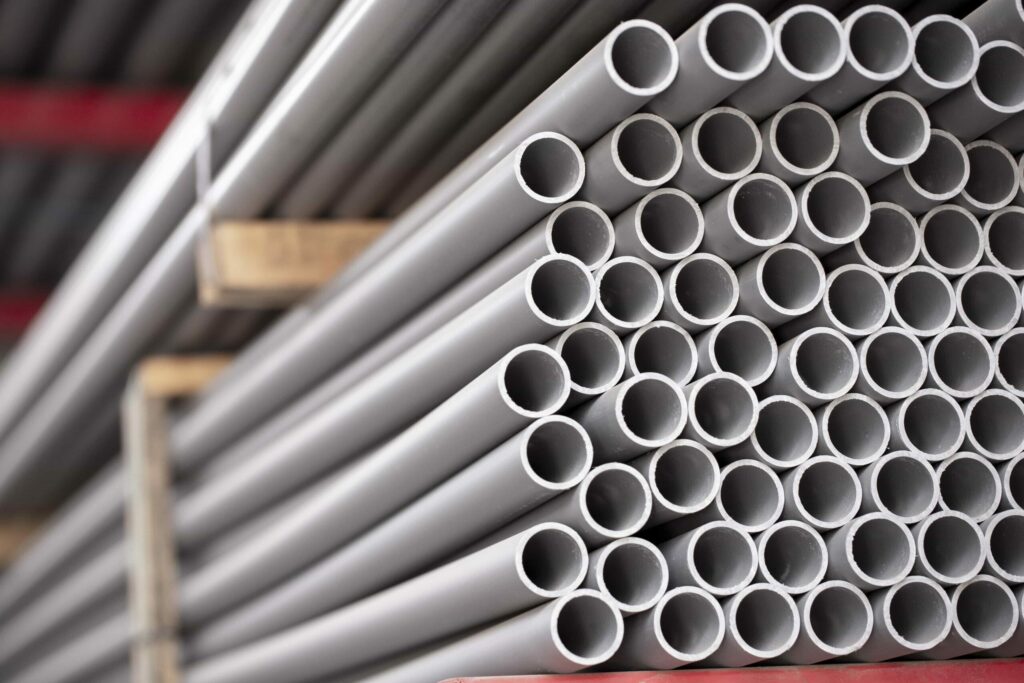
Do you want to use sustainable materials for your events but don’t know how to choose them? Here’s what you need to know.

Brand events are key moments to connect with the public, but they can also have a significant environmental impact. In recent years, we’ve seen an increase in options that allow us to include more sustainable materials in our events.
From waste generation to the consumption of natural resources, event planning can be environmentally invasive. That’s why adopting practices that reduce this impact is essential.
This guide will provide you with a comprehensive list of sustainable materials and recommended practices so that your brand events can be part of the change, helping to reduce environmental impact and promote social responsibility.
Sustainability in events involves considering the environmental, social, and economic impact of every decision made during design, planning, and execution.
Choosing sustainable materials not only reduces the event’s environmental footprint but can also create a positive brand image and improve long-term reputation.
Before we detail which materials can be included in our events, we must consider a few factors. Durability, ease of sorting during recycling, and origin are key considerations when choosing materials for a sustainable projects.
Materials can be classified as recycled, biodegradable, renewable, and certified by specialized organizations. From decorations to packaging, there are various sustainable options available, such as recycled cardboard, certified wood, and biodegradable plastic.

It’s important to consider the origin, properties, and applications of each material to achieve a more responsible and lower-impact approach.
Here are materials you can undoubtedly use in your events:


Bioplastics are produced from renewable sources like sugarcane, corn, and other organic waste, unlike plastics derived from petroleum. This means they help decrease non-renewable resources and reduce greenhouse gas emissions. Opt for bioplastics and lead your brand down the path of sustainability.

Polyvinyl chloride, known as PVC, is the result of the polymerization of vinyl chloride monomer and is considered a derivative of conventional plastic. However, we can now find options for PVC produced with recycled elements, which is an innovative and conscious solution.
Recycled PVC offers great versatility of uses thanks to its unique texture, it is carefully designed to provide an aesthetically pleasing and functionally exceptional experience. This option defines a new era of events where quality and environmental responsibility go hand in hand.


One of the key materials for the brand’s points of sale was recycled plastic Smile Plastic. This material allows the creation of panels, transforming plastic waste, resulting in perfectly designed furniture that reduces any impact and waste. So, choosing a 100% recycled and recyclable material is now possible. You can manufacture furniture, panels, counters, and any element you imagine for your events.
Thanks to 100% recycled cardboard from quality paper leftovers, we can consider two important uses for our events.

High-Density Cardboard Signage
Signage is an important tool that not only guides attendees but also plays a fundamental role in event safety. Now, we can consider high-density recycled cardboard for these elements. Its design facilitates transport and assembly, allowing quick and efficient setup throughout the event venue.
Corrugated Cardboard Furniture
Corrugated cardboard furniture emerges among the most innovative events. This material provides a robust and durable structure, challenging expectations, demonstrating that sustainability does not compromise quality. Consider this option as ideal for your events.
By working modularly, you doubly ensure the reduction of environmental impact. On one hand, you use a 100% recycled material and on the other, thanks to its durability, you can reuse them in other events.
From the initial planning phase to event execution, every decision becomes an opportunity to demonstrate a genuine commitment to sustainability. This is where attention should be focused, minimising waste and maximising efficiency in resource use.
Every decision, from choosing materials for each event element to waste management, is made with a conscious focus on environmental impact. The synergy between using sustainable materials and more environmentally conscious practices is what will truly achieve a genuine commitment to the planet.
Sustainability in brand events is not only possible but also essential for building a more sustainable future.
By adopting sustainable practices and selecting eco-friendly materials, your brand can generate a positive impact and inspire others to follow the path towards sustainability.

You may also be interested
open
08:00 AM-18:00 PM Monday – Friday
08:00 AM-18:00 PM Monday – Friday